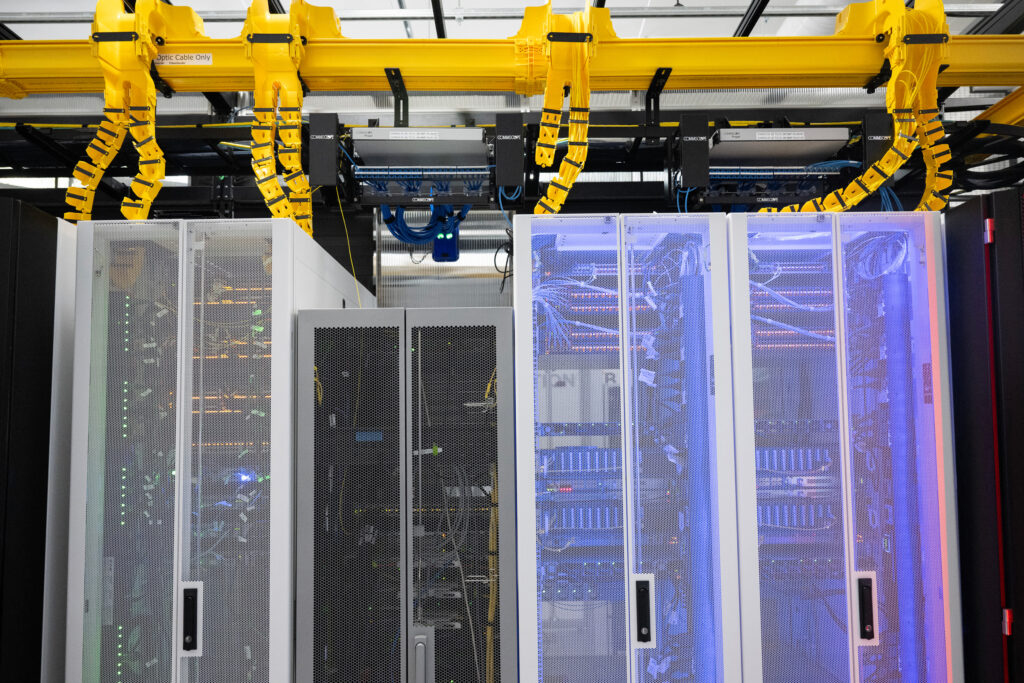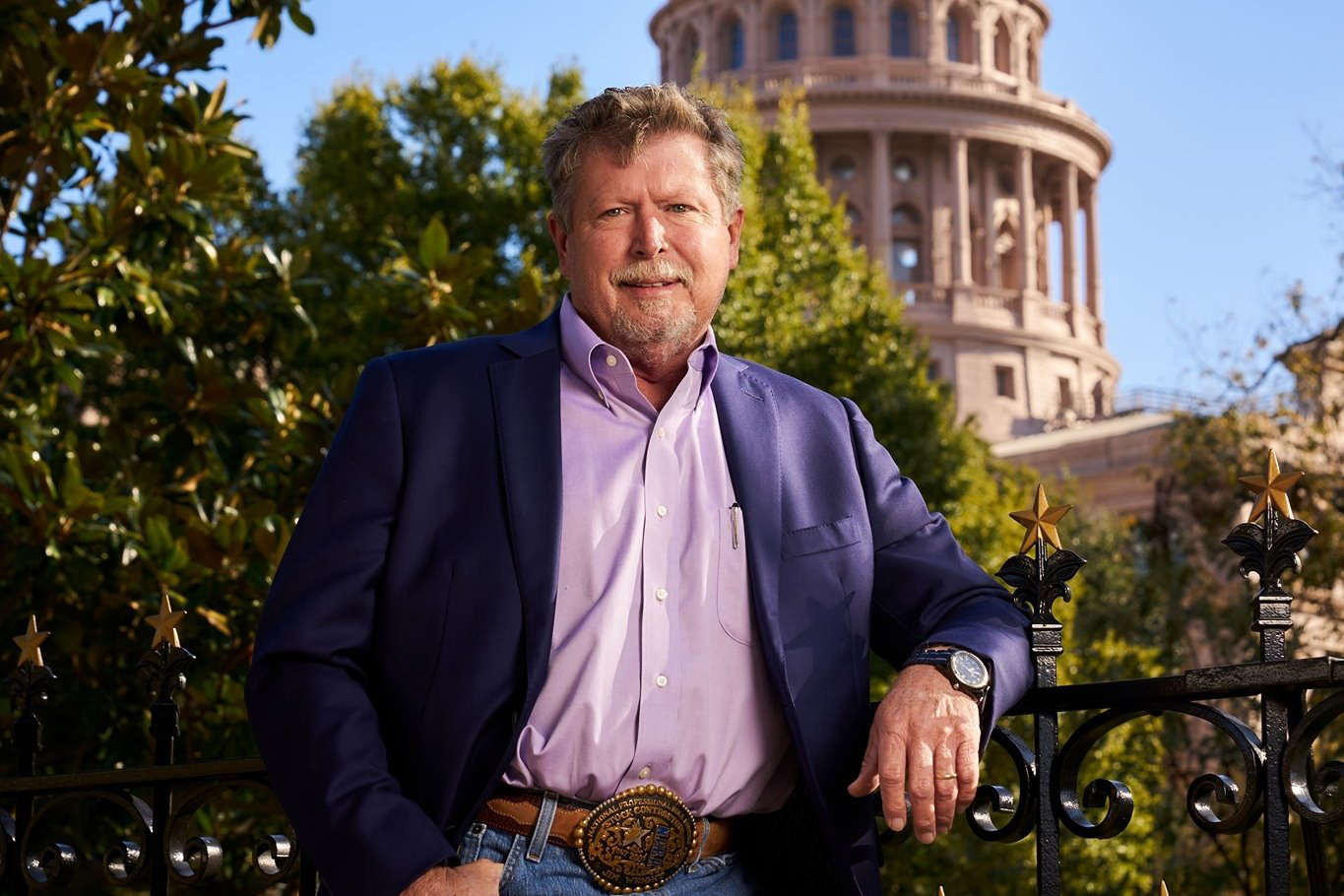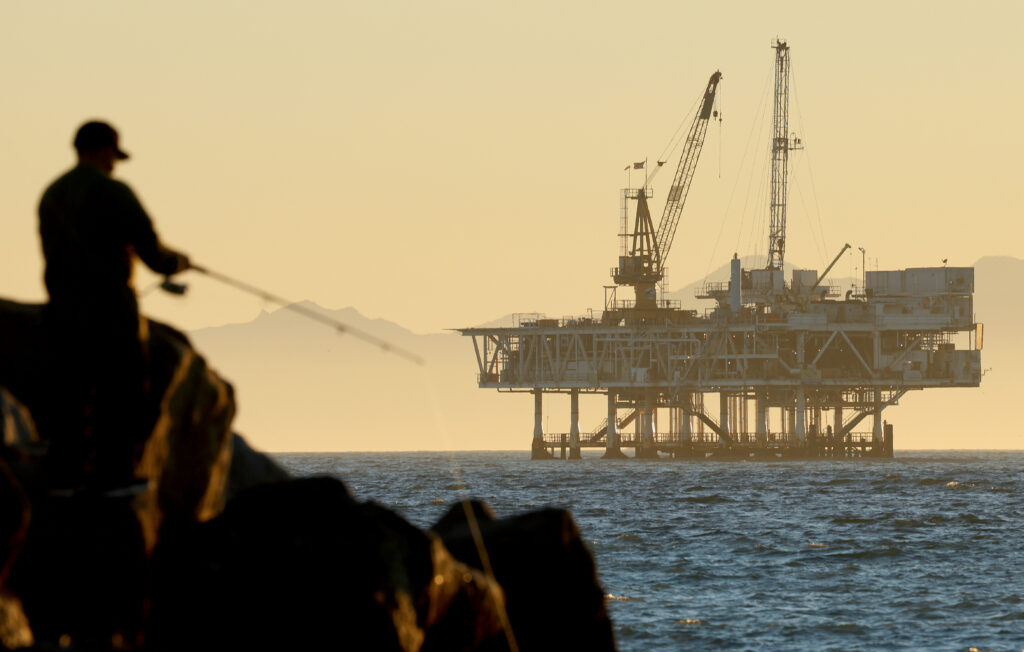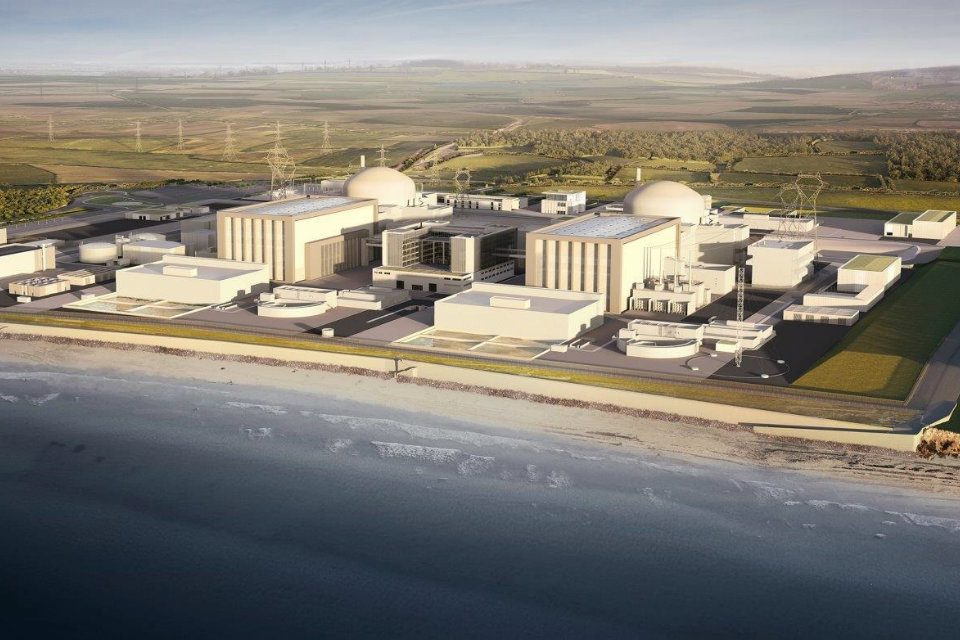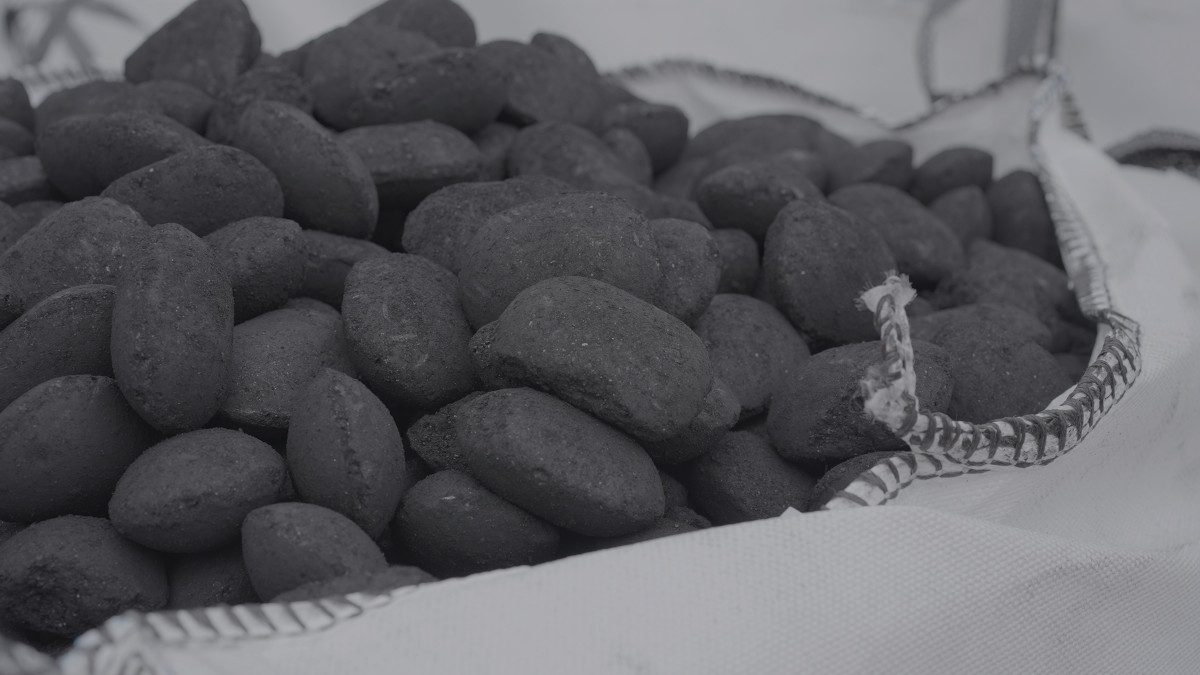President Donald Trump returned to western Pennsylvania Friday to announce an ending to the months-long saga to decide who would own the Pittsburgh-based steelmaking company U.S. Steel.
But even as the deal moves toward a resolution, questions about what it will mean for public health, local economies and climate change linger. U.S. Steel’s coal-based steelmaking facilities are a major source of air pollution and greenhouse gas emissions in Pennsylvania.
Nippon Steel of Japan agreed to buy the iconic American company for $15 billion in 2023. In 2024, the sale was opposed by former President Joe Biden and by Trump. Trump said that he was “totally against” the sale and vowed to “block this deal from happening” as president.
Now, Trump has changed his mind.
Speaking at U.S. Steel’s Irvin Works in West Mifflin, Trump said he was there to celebrate a “blockbuster agreement” with Nippon. He added that he will double tariffs on steel imports from 25 percent to 50 percent. The increase would “further secure the steel industry in the United States,” he said. “Nobody is going to get around that.”
“We saved the company,” Trump added. His speech was short on details about the structure of the deal or Nippon’s investments in U.S. Steel’s facilities, and much remains unknown.
On May 23, Trump announced on Truth Social that he had approved the sale, calling it a “planned partnership” between U.S. Steel and Nippon that would add “$14 billion to the U.S. economy.” The deal had been held up by a national security review carried out by the Committee on Foreign Investment in the U.S.
U.S. Steel praised Trump and said the company will “remain American” and “will grow bigger and stronger through a partnership with Nippon Steel that brings massive investment, new technologies and thousands of jobs over the next four years.”
In an interview with CNBC, U.S. Sen. Dave McCormick (R-Pa.) said the U.S. government would have a “golden share” that “will essentially require U.S. government approval of a number of the board members” and that $2.4 billion would be invested in the Mon Valley Works, U.S. Steel’s four facilities in western Pennsylvania.
Trump’s reversal comes at the same time that his administration is pushing for more coal power, and after he signed an executive order called “Reinvigorating America’s Beautiful Clean Coal Industry.” The Department of Energy recently designated coal used in steelmaking as a “critical material.” Energy Secretary Chris Wright said coal is “a cornerstone of our industrial base” and a “key input for steel production.”
But that’s at odds with the current reality of American steel manufacturing. Less than a third of steel in the U.S. is still made using coal. The majority of American steel is made in electric arc furnaces using recycled scrap steel and natural gas.
On Friday, Trump said U.S. Steel will “maintain all of its current operating blast furnaces at full capacity for a minimum of the next 10 years.”
“We have that as a commitment,” he said.
Older blast furnaces, like those at the U.S. Steel-owned Edgar Thomson steel mill in western Pennsylvania, are powered by coke, a concentrated and highly polluting form of coal. The Mon Valley Works plants, the oldest of which opened in 1875, include the Clairton Coke Works, which makes coke from coal.
“Most of the new mills, including U.S. Steel’s new mill in Arkansas, they’re not dependent upon coal, and that’s the worldwide trend,” said Matt Mehalik, the executive director at the Pennsylvania-based environmental nonprofit Breathe Project. “So a coal-based manufacturing policy is really a backwards-looking one. It’s sort of like saying, in 1903, ‘Steam engines are important, too. Why would we switch to a gasoline engine?’”

If Nippon spends money to keep U.S. Steel’s aging facilities in Pennsylvania and Indiana dependent on coal for another generation, that decision could have long-term negative consequences for workers and residents.
Coal-based steelmaking is linked to serious health problems like cancer for people living nearby. In Pennsylvania, residents living in the shadow of U.S. Steel’s plants have contended with air pollution caused by their operations for generations. The company also has a long history of permit violations and financial penalties. In 2024, U.S. Steel agreed to a $42 million settlement related to faulty pollution control systems at the Clairton Coke Works.
U.S. Steel did not respond to a request for comment for this story but has maintained that it is committed to “safe and environmentally responsible steelmaking.”
The deal also has significant climate implications, said Mike Williams, a senior fellow at the Center for American Progress who works on climate policy and labor issues. Steel manufacturing is a substantial contributor to the climate crisis globally. “It’s really, really, really important that we get this right,” he said, of the need to decarbonize the industry.
This story is funded by readers like you.
Our nonprofit newsroom provides award-winning climate coverage free of charge and advertising. We rely on donations from readers like you to keep going. Please donate now to support our work.
Donate Now
Neither company has a good track record on climate, he said. And the involvement of the Trump administration in U.S. Steel’s decision-making could “portend very poorly” when it comes to modernizing the American steel industry.
“This administration has such an animus towards anything that fights climate change,” he said. “That’s terrible for the future competitiveness of our industries.”
If Nippon commits to coal, Williams said, it may save some jobs in the short term. But “there’s a strong chance they’re going to be just outstripped in terms of competitiveness” in the global market. Doubling down on coal in steelmaking “doesn’t particularly make sense” economically or environmentally, he said.
A website Nippon created to highlight the benefits of the U.S. Steel deal says the sale will drive the “global steel industry toward carbon neutrality and our shared commitment of decarbonization by 2050.”
The Mon Valley is familiar with promises to invest in its declining steelmaking infrastructure. Those promises have rarely panned out.
“This timeline goes all the way back to the 1970s,” Mehalik said, of a Breathe Project initiative to chronicle each of U.S. Steel’s pledges that failed to materialize. “It’s almost like every five years they promise to do something, and then they don’t.” In 2019, U.S. Steel said it would spend more than $1 billion to upgrade the Mon Valley Works. Two years later, the project was canceled.
U.S. Steel’s workers have similar fears about Nippon’s and the administration’s promises of more investment and jobs. The United Steelworkers union endorsed Kamala Harris for president and has long opposed the sale of U.S. Steel to Nippon.
In his speech on Friday, Trump said “there will be no layoffs and no outsourcing” and said workers would each receive a $5,000 bonus. The deal “includes vital protections to ensure that all steelworkers will keep their jobs at all facilities in the United States,” he said.
The union continued to express opposition to the deal this week. “Our concern remains that Nippon, a foreign corporation with a long and proven track record of violating our trade laws, will further erode domestic steelmaking capacity and jeopardize thousands of good, union jobs,” said David McCall, the president of USW, in a statement on Tuesday.
U.S. Steel’s workforce has shrunk from hundreds of thousands of workers in its 20th-century heyday to around 22,000 today.
Roger Smith, Asia lead at SteelWatch, a nonprofit focused on the decarbonization of the steel industry, said that Nippon could choose to invest in cutting-edge green steelmaking technology to dramatically lower pollution and cut emissions. “Nippon Steel could bring U.S. Steel workers certainty and hope for the future,” he said.
Smith said the global trend away from coal-based steelmaking will ultimately override the Trump administration’s “protectionist agenda for coal and its anti-renewable energy actions.”
“The question is really not whether the steel industry will decarbonize but how quickly,” he said.
But the Trump administration and Nippon could slow down that transition in the U.S. at a critical time. Nippon “has a paper commitment to achieve net zero emissions, but remains committed to existing coal-based blast furnaces in Japan, building new ones through its joint venture in India and continues to acquire shares in coal mines,” Smith said. “If Nippon Steel extends this thinking to U.S. Steel, it could entrench coal for another generation.”
About This Story
Perhaps you noticed: This story, like all the news we publish, is free to read. That’s because Inside Climate News is a 501c3 nonprofit organization. We do not charge a subscription fee, lock our news behind a paywall, or clutter our website with ads. We make our news on climate and the environment freely available to you and anyone who wants it.
That’s not all. We also share our news for free with scores of other media organizations around the country. Many of them can’t afford to do environmental journalism of their own. We’ve built bureaus from coast to coast to report local stories, collaborate with local newsrooms and co-publish articles so that this vital work is shared as widely as possible.
Two of us launched ICN in 2007. Six years later we earned a Pulitzer Prize for National Reporting, and now we run the oldest and largest dedicated climate newsroom in the nation. We tell the story in all its complexity. We hold polluters accountable. We expose environmental injustice. We debunk misinformation. We scrutinize solutions and inspire action.
Donations from readers like you fund every aspect of what we do. If you don’t already, will you support our ongoing work, our reporting on the biggest crisis facing our planet, and help us reach even more readers in more places?
Please take a moment to make a tax-deductible donation. Every one of them makes a difference.
Thank you,





